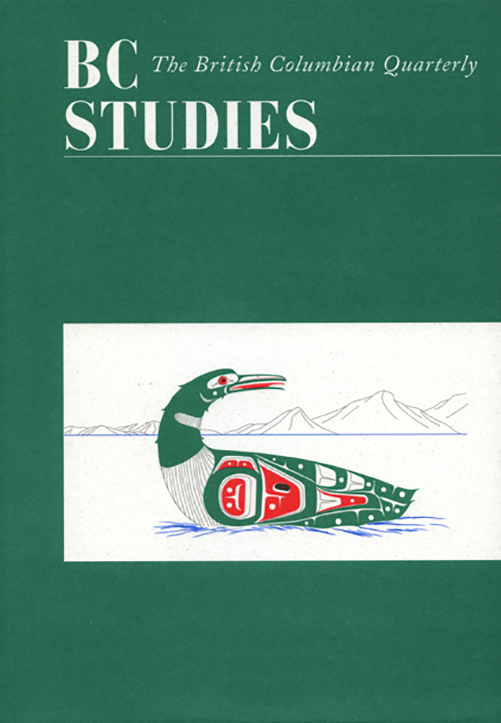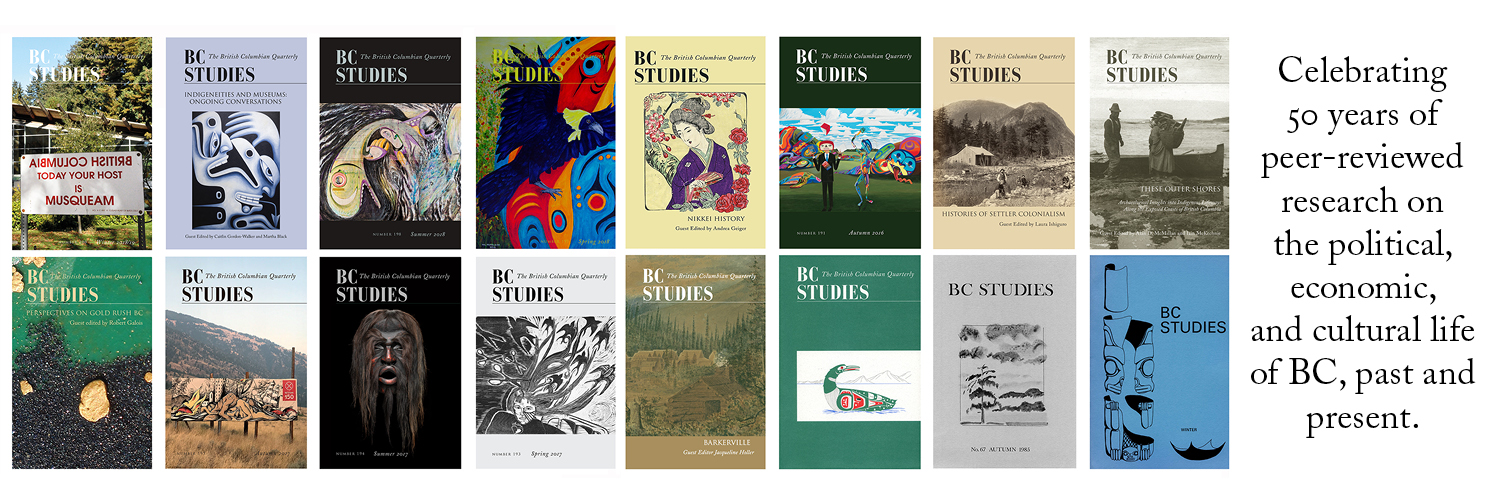Social Club or Martial Pursuit? The BC Militia before the First World War
DOI:
https://doi.org/10.14288/bcs.v0i173.2248Keywords:
British Columbia--History, military, British Columbia--Militia--History, British Columbia--Social Conditions, British Columbia--Armed Forces--History, Vancouver, militia, military historyAbstract
In the years before the First World War, the raising of new regiments, construction of well-appointed armouries, and the establishment of state-sponsored rifle ranges in communities throughout British Columbia made the militia a prominent feature of the provincial social landscape. The visible presence of citizen soldiers in organized sports, regimental church parades, public performances by military bands, military and civilian rifle competitions, and the appearance of weekly military columns in Vancouver and Victoria newspapers all contributed to this heightened interest in military affairs. From the early expansion of the BC militia after 1896 – a process driven by a rapidly increasing provincial population coupled with rising tension in British foreign relations – it is possible to discern a rising public interest in military affairs in Canada’s “pacific” province. While elements of this martial enthusiasm drew inspiration from other parts of the Dominion and the British Empire, by 1914 interest in citizen soldiering had become firmly rooted in the settled regions of the province and had acquired a local character. For reasons sometimes shared with the rest of the country, but often unique to British Columbia, the last years of peace saw the rapid creation of new regiments, particularly in Vancouver and the interior of the province, and a growing prominence of the militia in public life. Despite a tangible indifference to British Columbia’s defence among military decision-makers in Ottawa and London, the unpopularity of the militia’s strikebreaking duties in a period of intensifying labour unrest, and the difficulties of recruiting volunteers for summer training in a province characterized by high wages, staple industries, and an often transitory population, in 1914 this rising martial enthusiasm and the regiments it brought into being formed the nucleus around which British Columbia organized its initial contributions to the First World War.



